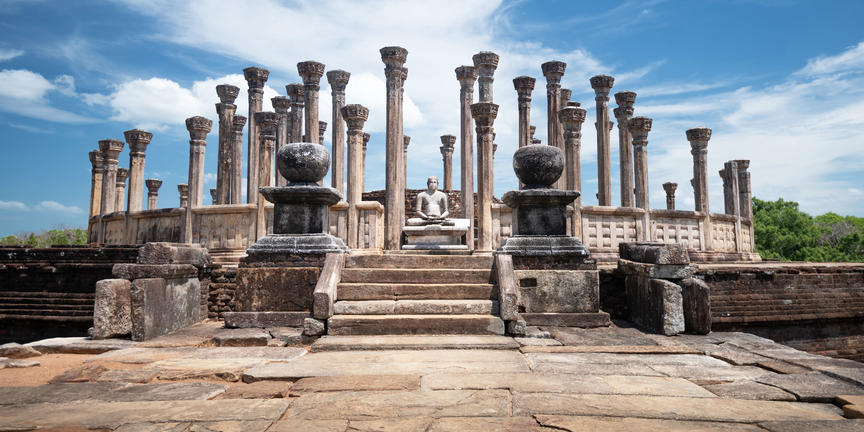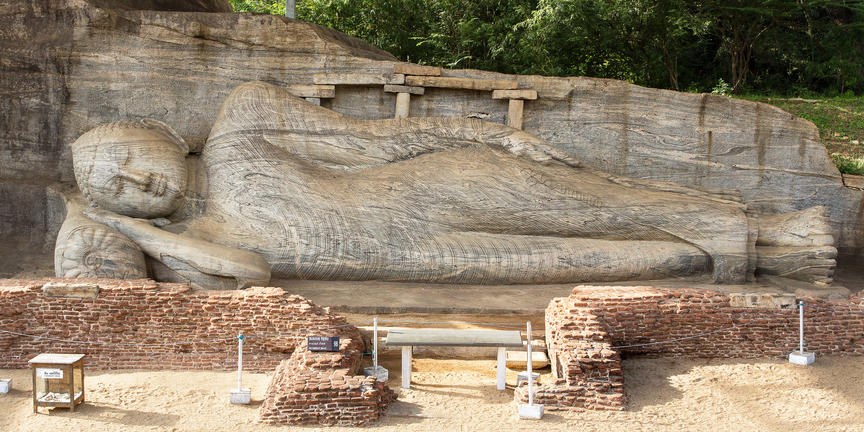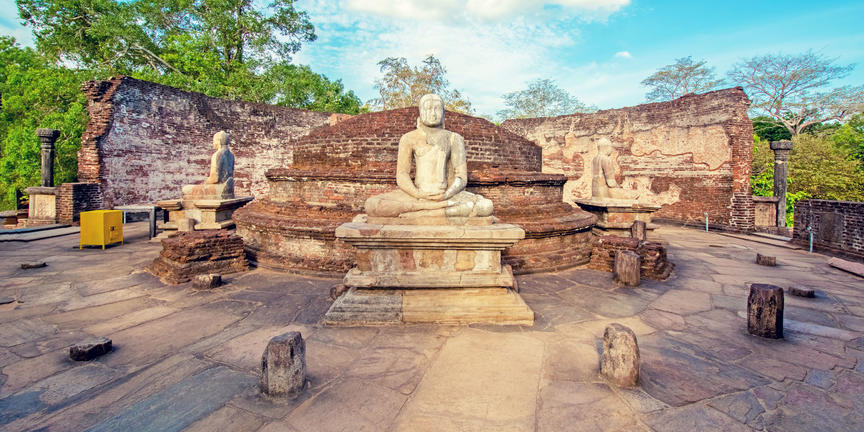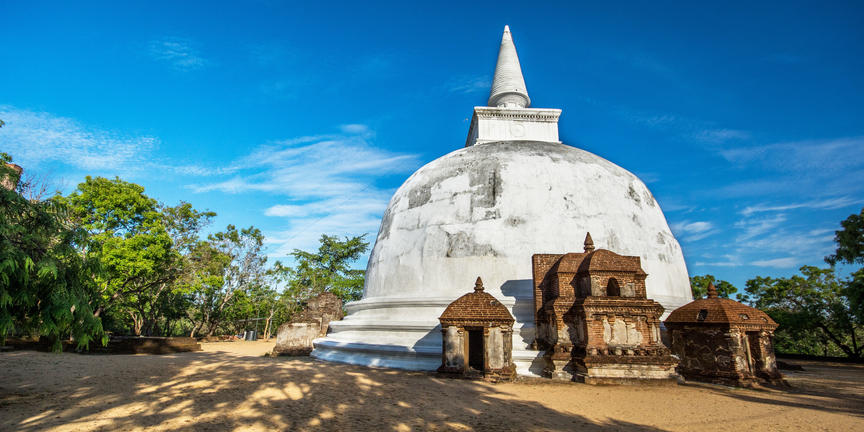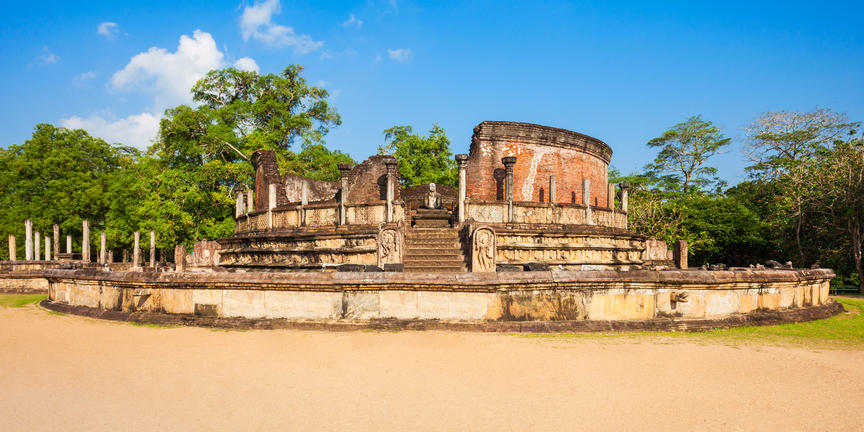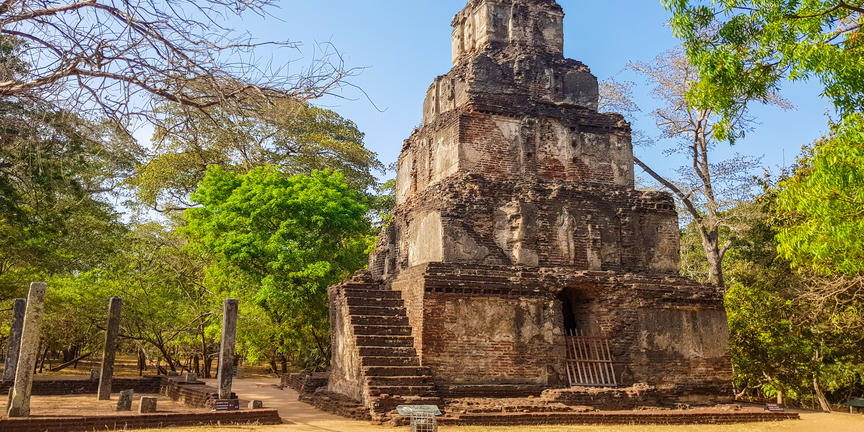Polonnaruwa is an ancient city in Sri Lanka that was once the capital of the country during the 11th to 13th centuries CE. Located in the north-central province of the country, it is now a UNESCO World Heritage site and a popular tourist destination.
Polonnaruwa was established as a city by King Vijayabahu I in the 11th century CE and went on to become a center of economic and cultural activity under subsequent rulers. The city is known for its impressive collection of well-preserved ancient ruins, including the Royal Palace, the Audience Hall, and the Quadrangle, which contains numerous temples and statues.
One of the most famous landmarks in Polonnaruwa is the Gal Vihara, a group of four large Buddha statues carved out of granite. These statues are considered to be some of the finest examples of ancient Sinhalese sculpture and are widely regarded as one of the greatest achievements of the Polonnaruwa period.
Other notable sites in Polonnaruwa include the Shiva temple, the Lankatilaka temple, and the Thuparama temple. The city also contains a number of ancient irrigation systems and reservoirs, including the massive Parakrama Samudra, which covers an area of over 6,000 acres.
Today, Polonnaruwa is a major tourist destination in Sri Lanka and attracts visitors from all over the world who come to explore its ancient ruins and learn about its rich history and culture.
